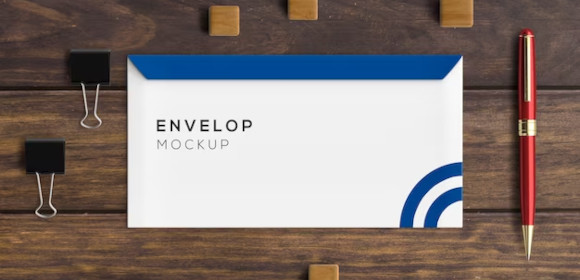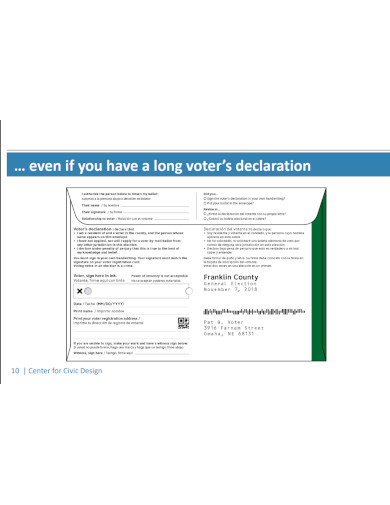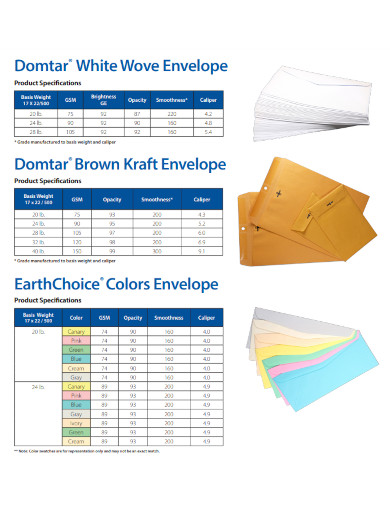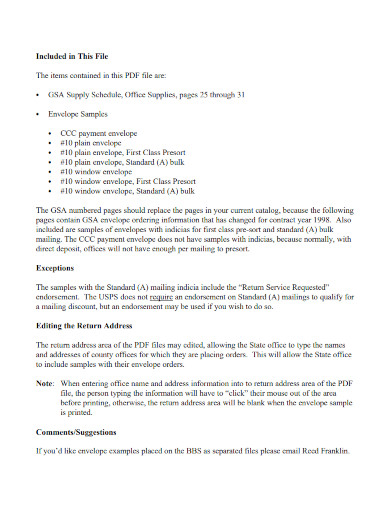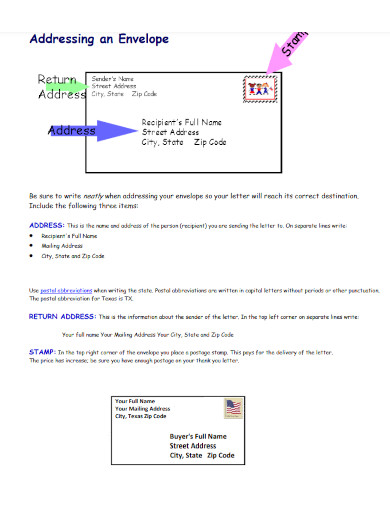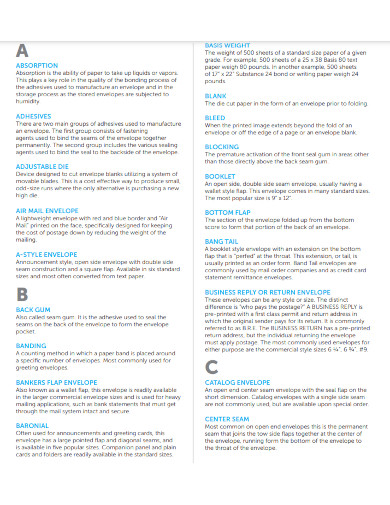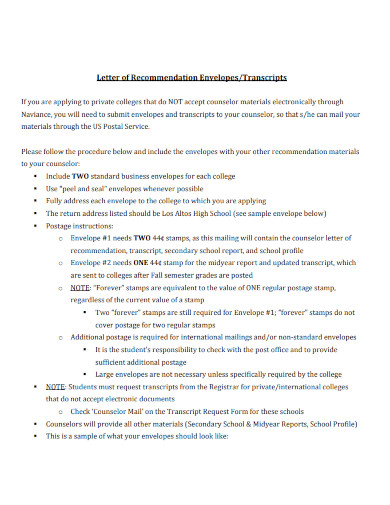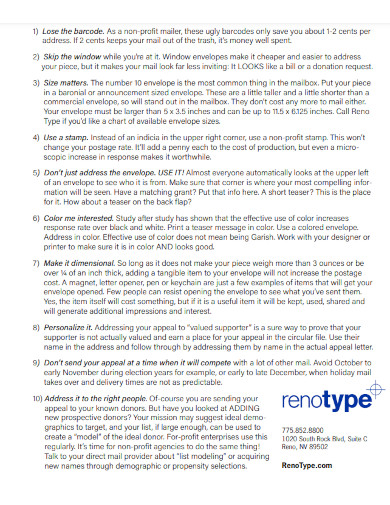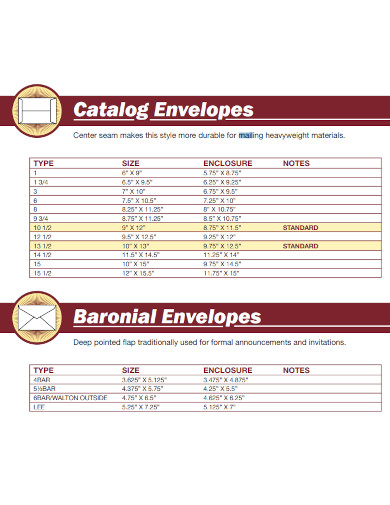Mail Envelope Examples to Download
It seems absurd that, in this day and age, when we can all just as easily send one other SMS or Skype our loved ones, anybody would still need to know how to properly address a letter. Nonetheless, you may be surprised to learn that handwritten letters are often the most effective means of interaction.
What goes on the inside is up to you, but there are several rules you need to follow to make sure your letter is delivered to the right person through the correct letter address.
1. Vote-by-mail Envelope Designs
2. Vote by Mail Envelope Guide
3. Assistance on Ordering Mail Envelopes
4. Addressing a Mail Envelope
5. Mail Envelope Glossary of Terms
6. Letter of Recommendation Mail Envelopes
7. Getting Mail Envelope Opened
8. Mail Envelope Size Chart
What is a Mail Envelope?
For postal delivery, forms of communication such as personal letters and even documents for processing are often enclosed in mailing envelopes. There are many variations on the basic format of a postal envelope, which consists of a sheet of paper folded in half with one flap sealed with adhesive. They come in a wide range of formats, from booklets to commercial publications to catalogs. In addition, there are “window” envelopes, which enable the recipient’s address and sometimes other information to be seen.
How to address a Mail Envelope?
There are two essential bits of information that need to be included when addressing an envelope: the address of the person to whom the envelope is addressed and your own return address. Follow these steps:
Step 1: Write your return address in the top left corner
Although it’s not required, it’s always a good idea to provide your return mailing address in case the letter is returned to you. The postal carrier might deliver the letter to the intended recipient or to the correct address and then deliver it back to you. Unless the recipient of the letter is located in a foreign nation, a country-specific return address is unnecessary.
Step 2: Write out the name and title of the recipient
Include the recipient’s name on the first line of the letter. Depending on the tone of the letter, you may address the recipient as “Mr.,” “Mrs.,” “Dr.,” or “Miss,” in addition to their given name. If the recipient’s gender is unknown, it’s preferable to use their first and last name.
Step 3: Write the address of the recipient
The address format is just as important as the letter. Jot down the street and address information underneath the name. Place the city, state, and ZIP code on the third line. Enter the city and state as they appear in the abbreviation. After the street location and name, you should give any supplementary information, such as an apartment or suite number. Provide the name of the country you are mailing to if you are sending mail overseas.
Step 4: To finish, place the stamp in the top right corner
Your letter is now ready to be sent as long as it has the correct stamp, proper addresses for both the sender and the receiver, and the correct arrangement of all three of these components on the envelope.
FAQs
What kind of mail is a regular envelope?
First-Class mail is mail that has been postmarked and delivered to its destination within one business day. In another way, First-Class Mail is considered to be “normal” mail. The United States Postal Service (USPS) provides a number of different mailing and shipping options, or “classes,” that companies may choose from to reach their consumers.
Are mail and email the same?
Email, sometimes spelled e-mail, is a means of sending and receiving electronic communications (“mail”) between computers and can also contain email signatures. During the period when “mail” referred only to physical mail (thus, e- + mail), email was envisioned as its electronic (digital) equivalent. In today’s technology, emails also make product and services advertisements easier to distribute.
How many stamps should you use
With the certainty that you can always use your Forever stamps to mail a regular 1-ounce letter to any U.S. destination, they are the best option. Use Extra Ounce stamps for each ounce above one, which costs 15 cents. You may also choose two-ounce stamps.
Envelopes may be purchased from a variety of sources, including grocery shops, office supply outlets, and internet marketplaces. Airmail envelopes cushioned mailers, and rigid picture mailers are all available. You can also read this article to learn how to create your own envelope in MS word.


